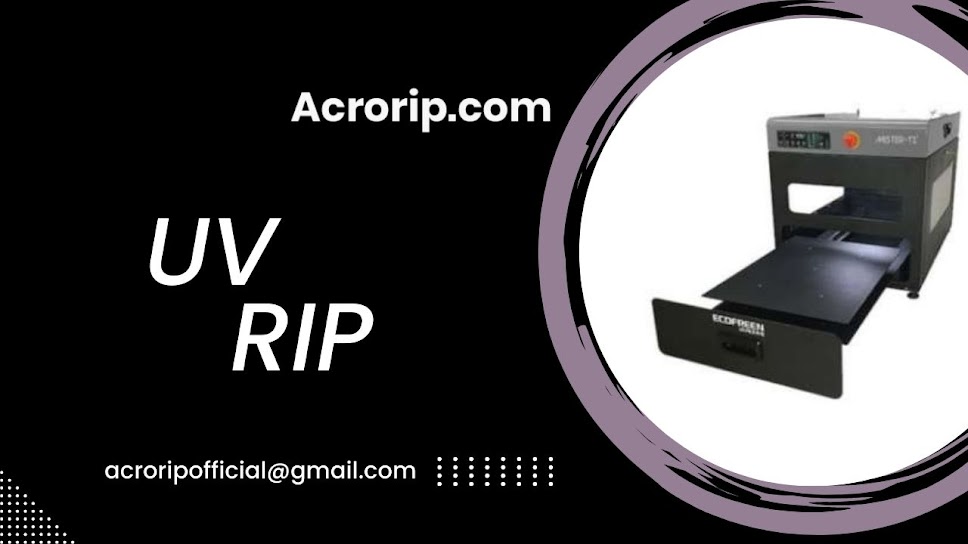The Ultimate Guide to DTF RIP Software: Enhancing Your DTG and DTF Printing Workflow
In the fast-evolving world of digital textile printing, having the right DTF RIP Software can make all the difference. Whether you’re using DTG Software for direct-to-garment printing or RIP Software for DTF, optimizing print quality and efficiency is essential. In this guide, we’ll explore how DTF RIP Software streamlines your printing process and why it’s a must-have for professional print businesses.
What is DTF RIP Software?
DTF RIP Software (Raster Image Processor) is a specialized program designed to prepare digital images for Direct-to-Film (DTF) and Direct-to-Garment (DTG) printing. It converts images into a format that printers can accurately reproduce, ensuring vibrant colors, precise detailing, and efficient ink usage.
With DTF RIP Software, users can:
Adjust color profiles for different fabric types.
Manage white ink layers efficiently.
Optimize ink consumption for cost savings.
Ensure high-resolution prints without losing detail.
DTF RIP Software vs. DTG Software: Key Differences
While both DTF RIP Software and DTG Software serve the digital printing industry, they cater to different techniques:
DTF RIP Software:
Used for Direct-to-Film (DTF) printing.
Requires a specialized DTF printer, PET film, and hot melt powder.
Ensures accurate ink layering, especially white ink management.
Allows printing on various fabric types, including cotton, polyester, blends, and leather.
DTG Software:
Designed for Direct-to-Garment (DTG) printing.
Requires pretreatment on dark garments.
Works best on 100% cotton fabrics.
Ink is absorbed directly into the fibers, creating a softer feel.
While DTG Software is ideal for printing directly onto garments, RIP Software for DTF provides more versatility and durability in textile printing.
Why You Need RIP Software for DTF Printing
Using the right RIP Software for DTF ensures that every print meets professional standards. Here’s why you should invest in quality DTF RIP Software:
Optimized Color Management: Achieve accurate colors with ICC profiles for different materials.
White Ink Control: Prevents overuse of white ink, reducing wastage.
Layer Management: Helps separate CMYK and white layers for better adhesion and opacity.
Better Print Speed & Efficiency: Enhances the workflow, reducing turnaround time.
Choosing the Best DTF RIP Software
When selecting DTF RIP Software, consider these factors:
Compatibility — Ensure it works with you DTF or DTG printer r DTF or DTG printer.
User-Friendly Interface — Look for software that simplifies the print process.
Advanced Color Calibration — Supports ICC color profiles for accuracy.
White Ink Management — Reduces ink costs and enhances print durability.
Regular Updates & Support — Keeps up with industry advancements.
Popular DTF RIP Software options include Acrorip, EKPrint, and Cadlink. Each offers unique features, so choose one that aligns with your printing needs.
Conclusion
Whether you are in the DTG or DTF printing business, investing in high-quality DTF RIP Software will significantly improve your output, efficiency, and overall print quality. The right RIP Software for DTF ensures seamless workflow integration, vibrant colors, and cost-effective printing solutions.



Comments
Post a Comment